If you want to get an idea of just how universally recognisable the Volkswagen Beetle is, pull up a game of Pictionary. Tea-drinkers may argue that your rendition of a Willys GP is a Defender, while only catastrophic bores among us can tell the silhouette of the Miura – the original supercar – apart from any generic sports car, whereas the most accurate sketch of the Lada Riva will be passed off as the generic symbol for a “car”.
However, draw the profile of the Volkswagen Beetle and nearly everyone will recognise it with absolute certainty. Its shape is ingrained into our consciousness, thanks largely in part to the 21 million examples Volkswagen stamped out over 70 years, and the four Herbie movies Disney made (we don’t talk about the last two).

Although Volkswagen didn’t stop building the original Beetle – known as the Type 1 – until production ceased in Mexico in 2003, sales in the United States stopped in 1977, with Europe following in 1985, which is an impressively long time for a car that was developed in 1938 and barely underwent any significant change.
However, the Beetle would have stayed on as the Genesis in Volkswagen’s history if it wasn’t for the infamous 1990s economic recession that ended the supercar bubble and Japan’s bubble-era cars.
Now, besides being a drain on spending power and dreams, recessions tend to stoke strong consumer sentiments for “the good ol’ times”. As discussed here time and time again, we have an innate desire to return to a more innocent and optimistic period in our lives. A condition that is made all the more apparent when present circumstances look bleak and headed for a downward trend. And nothing throws things into uncertainty for individuals in their mid-40s better than an economic meltdown.

It was around this turbulent time in 1991 that Volkswagen’s brand new California design studio in the Simi Valley, led by chief designer J Mays, started poking around the populace to find a cure to the company’s ailment of declining sales in its crucial North American market.
Unsurprisingly, the Californian design team found a strong affection for the original Beetle. California, after all, was one of the hotbeds of the original Hippie culture in the 60s that adopted the small, cheap, and solidly built German interloper as the ideal counterculture choice to the big and excessive cars that were rolling out of Detroit.

Furthermore, because of the Beetle’s pre-war mechanical simplicity and ease of modification, it spawned a whole motoring subculture in North America. That familiarity of the Bug, sprinkled with a throwback to a simpler time, was just the remedy both consumers and Volkswagen were looking for.
J Mays certainly saw the appeal in reviving retro design cues – a theme that will manifest many times in his long and illustrious career – and reinterpreted the Beetle for the 21st-century in the form of the 1994 retro-inspired “Concept One”.
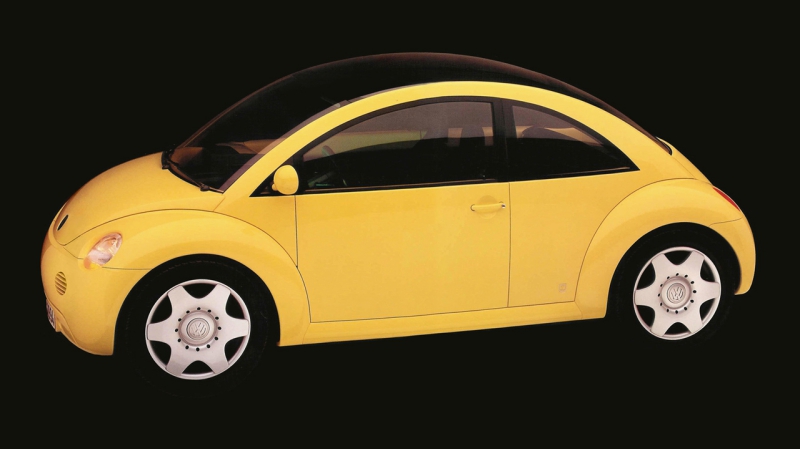
Not only was its bulbous shape a perfect rendition of the original Beetle, but it was also an antithesis to the cold and straight-edged shapes of the late-70s, which was started by Giugiaro’s original Volkswagen Golf, a design revolution that quickly brought about an end to the curvy and suave shapes of the 1960s. By the early-1990s car, design trends were quickly coming full circle as the wedge-shaped breadbox designs started to look generic and were steadily falling out of favour, and the Concept One’s rehash offered something fresh.
Spurred by the deluge of positive public reactions and desperate for a solution to their North American problem, Volkswagen quickly greenlit its development and three years later the first reincarnation of the Beetle was rolled out in 1997 and was christened the “New Beetle”.
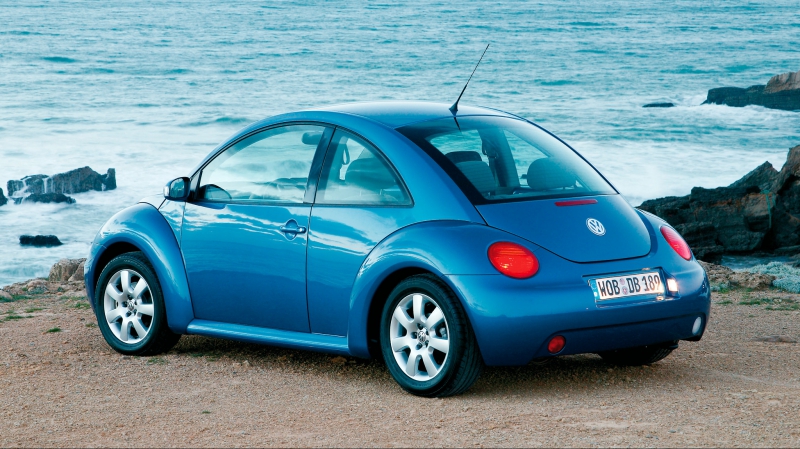
In the meantime, J Mays took this “retro-futurism” idea and ran with it, eking out a distinguished career at Ford where he continued to design and oversee many retro-inspired masterpieces such as the Ford GT, the fifth-generation Mustang, Jaguar F-Type concept, and Shelby GR-1 concept. A smorgasbord of cars that owe its sensational looks to forms of the past.
For the first few years, the New Beetle proved to be a hit, and many credited it as the car that kicked off a retro-revival trend that resonated particularly among American manufacturers with a rich and extensive history to draw from. Chrysler rolled out the Plymouth Prowler that same year and later unveiled the PT Cruiser in 2001, while Ford resurrected the Thunderbird a year after that.
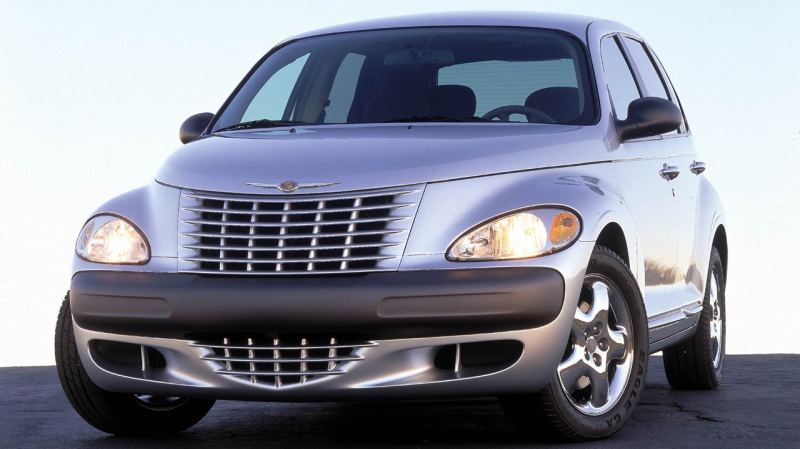
However, while these “copycat” retro-revivals were certainly well received in its day, all of them couldn’t avoid an inescapable fact, that their existence was built on a fad. Despite the initial consumer reception, its long-term viability was made uncertain in a world of changing demographics. As the years rolled on, fans of the original Beetle would have moved onto different stages in life, and in their place came a new generation of consumers that may not share the same rosy memories and opinions towards it.
It isn’t as though the New Beetle was a complete flop as popular perception labelled it to be. Volkswagen says they managed to sell more than a million examples in its 12-year lifespan, though 12 years on the market is a long time and served more as an indication that a replacement was low on the company’s priority. Nevertheless, the company did relent with the New Beetle and replaced it in 2011 with a new model that was known just as “The Beetle”.

Despite its more machismo looks, updated underpinnings, and refined retro-cues with no dashboard-mounted flower vase, The Beetle never quite lived up to the pre-war original’s beloved status. Furthermore, with the costs of Dieselgate mounting on Volkswagen’s bottom line and public opinion, the company bosses decided to end production of it from 2019. Thus bringing a close to Volkswagen’s Californian dream.
While it is easy to dismiss the whole retro-revival as a trend that met its end like any fashion statement, there is one brand that emerged from around the time the New Beetle did, but defied the odds and soldiered on to spawn several offshoots and that is BMW’s MINI.
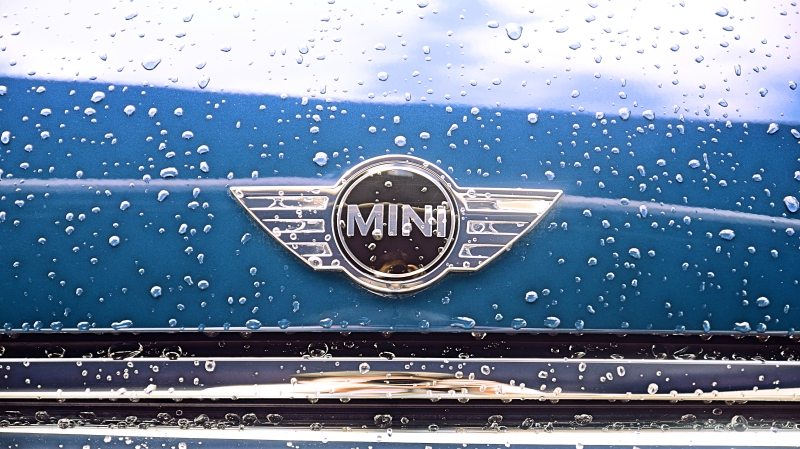
For comparison, where Volkswagen sold more than a million New Beetles in 12 years, between 2001 and 2006, MINI managed to shift around 800,000 of its first generation iteration in less than half that time.
Many point to the failure of the Beetle reboot and compare it to the runaway success of BMW’s MINI revival as a demonstration of driver substance over pure aesthetics, and they aren’t wrong in that comparison. Based on the Mk4 Golf, the New Beetle was heavy and inert. In stark contrast, the MINI from day one was lively and brimmed with enthusiasm as its beloved forebearer did in the 1960s.

However, that being said, fans of the Beetle loved the original Bug for plenty of other reasons aside from its awkward handling, and, not to mention, the world’s most successful car nameplate, the Toyota Corolla succeeded with neither looks nor driving dynamics. In that respect, aside from its retro-looks and sharp handling, the MINI wasn’t nearly as well-built nor was it anywhere close to being practical as all incarnations of the Beetle.
Some might argue that being its own brand – with some going so far as to perceive it masquerading as an affordable BMW – the BMW Group had the will and vision to wield its resources more adeptly, whereas Volkswagen’s management dithered over the Beetle’s fate as it juggled its overstretched and ever-expanding product portfolio.

Instead the MINI’s popularity wasn’t so much born out of a result of the early-1990s economic slump that had triggered a temporal desire for past that birthed the New Beetle, but a unique cultural phenomenon in the late-1990s that had made it something the reborn Beetle, or its other retro-contemporaries could never be – “Cool Britannia”.
Britain in the mid-1990s saw what sociologists would describe as a celebration of youth culture that sought to assert themselves and redefine their national identity. This period also saw a shift in politics as the country’s youngest prime minister in 185 years, Tony Blair, stepped into Downing Street, riding high on a wave of populism that made him Britain’s most popular leader since World War 2.

Besides wanting to modernise the political system, Blair also sought to “rebrand” Britain popularising the term “Cool Britannia” when it came to its cultural exports, reshaping the country’s economic future to include “creative entrepreneurs drawn from across society”.
Blair’s role and policies might be disputed but the changes in the undercurrent of British arts and culture is undeniable. By the second half of the 90s, the world was grooving to the tunes of Oasis, Blur, and Britpop. Trainspotting became a landmark film, Harry Potter hit the shelves, and Damien Hirst became the new Michelangelo.
From a nation of stiff upper lip tradition, British society let its hair down, remaking themselves as progressive and always up for a bit of fun, whilst celebrating their national identity and ingraining it into their trendsetting exports.
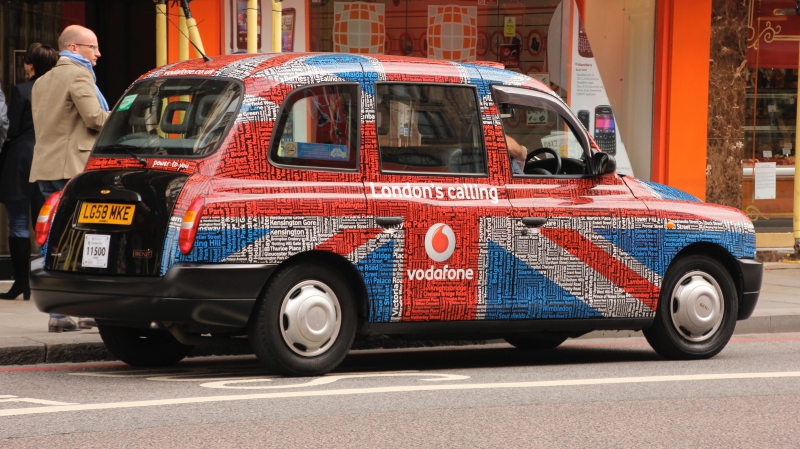
Nothing epitomises this better than the Union Jack. For 150 years prior, Britain’s Red, White, and Blue was a symbol of imposing imperial power and dominion over much of the world, whereas the 90s gave us Geri Halliwell in a skimpy Union Jack mini dress without so much as a single monocle popped. It was a change even the residents of Britain’s once subjugated societies could idealise.
This assertion of British national identity didn’t help the New Beetle’s fortunes either. All out pan-European war to sort out grievances might be old hat by now, but the British media continued to have a good jab at portraying the Germans as nothing more than dour and devoid of fun workaholics. In many ways, this good-natured fun didn’t bode well for the public perception of German products in Europe and abroad.
Whether it was intentional or not, BMW’s decision to make MINI decidedly British worked out immensely in its favour as “Cool Britannia” swept the globe, paving the way for BMW’s little British creation to become, not just another throwback to the past for an ageing demographic, but a symbol of modern-chic that woo-ed – and continues to woo – a new generation of consumers who knew little of the original.
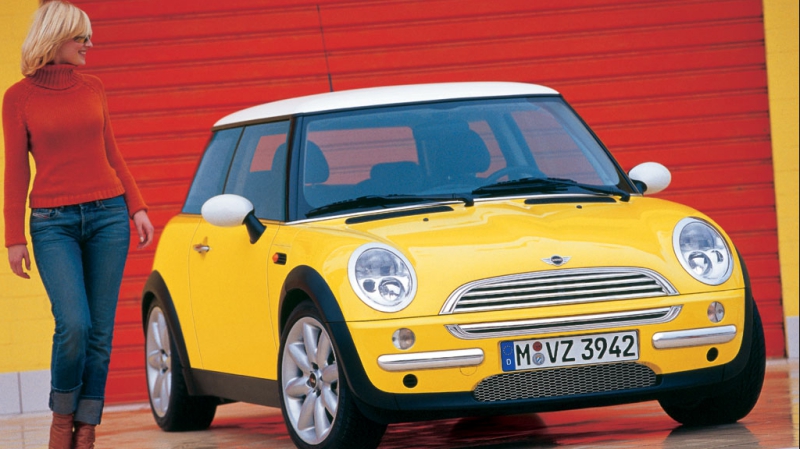
A similar cultural influence can be seen being played out to the Ford Mustang’s advantage, which made its first foray into markets outside North America in 2015. Despite the absence of familiarity towards the muscle car in foreign markets, the Mustang became a resounding sales success in new international markets.
The PT Cruiser and Thunderbird, recreations of beloved cars that were popular to a relatively small microcosm of American car culture, had little influence outside the North American market. To a non-North American person, its cultural and emotional values are non-existent.
The Mustang, on the other hand, is the car that started the defining car segment of the United States – the pony car segment. It became the ultimate embodiment of American exceptionalism and car culture through the film and popular culture that emanated from the United States. Much like the MINI, there is also a broader segment of the market who aren’t buying the Mustang as a return to bygone days, but a personal expression of ideals and self.
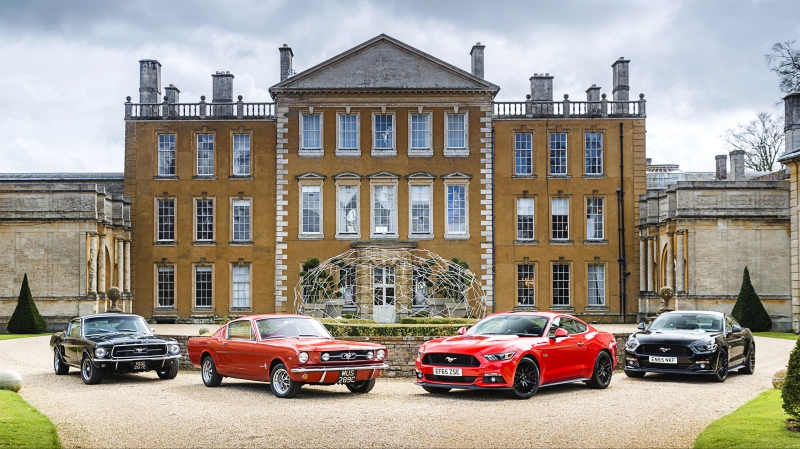
That being said, the MINI’s appeal isn’t immune to the cyclic nature of human society. Cultural influences, while subtle and pervasive, is subject to the same changes in a populace’s mindset as the circumstances that birthed the nostalgia market was, albeit on a far longer timeframe.
That same national identity that made MINI so identifiable and accepted across a broad swathe of consumers, is undergoing a regressive change as populism sweeps across the western world. It is uncertain if MINI can continue to depend on proudly extolling its British heritage as the popular opinion towards the island nation steadily declines as it is beset by Brexit and isolationist controversy. For all we know, the Union Jack might return to its 150-year-old roots as an exclusionary symbol of nationalist pride instead of one of inclusive prestige.

Credit where it is due, for a brand that is yet to reach its 20th anniversary and has birthed three-generations of the beloved revived icon, MINI might be well insulated from such changes in cultural perceptions. As firmly established as it is as a fixture in today’s market, and for all its successes, the MINI might never live up to the universally recognised icon the original Beetle was as many might think. If you were to play Pictionary, the MINI’s shape would still be easily mistaken for another quintessential hatch, the Beetle’s successor, the Golf.


